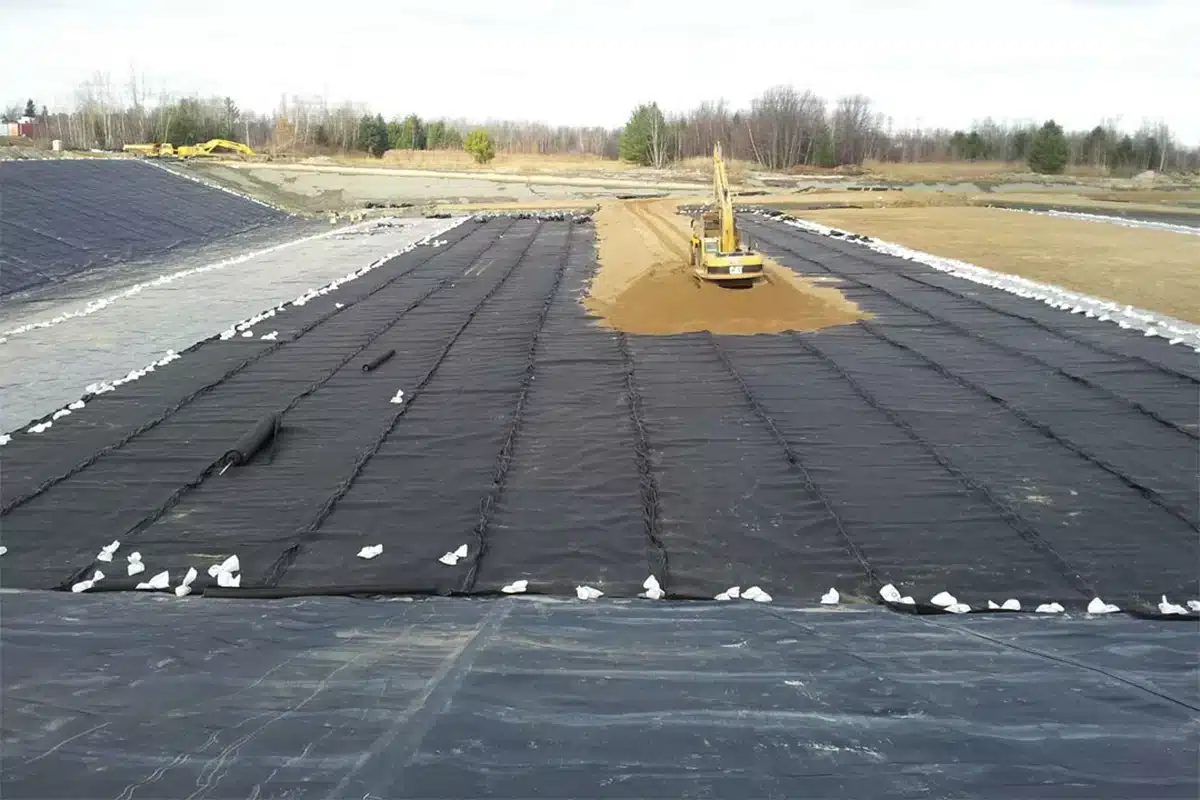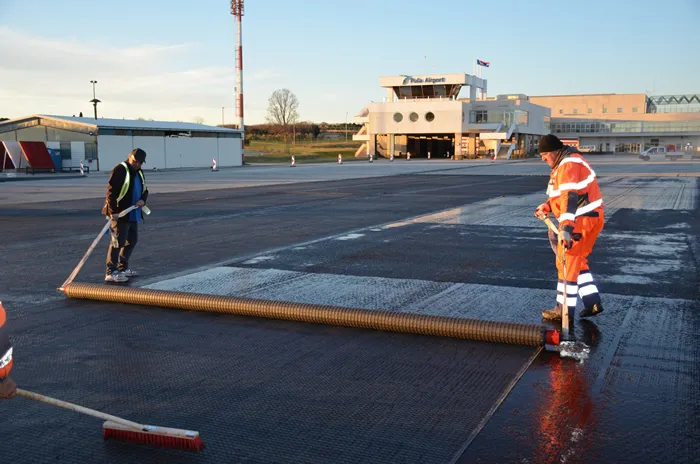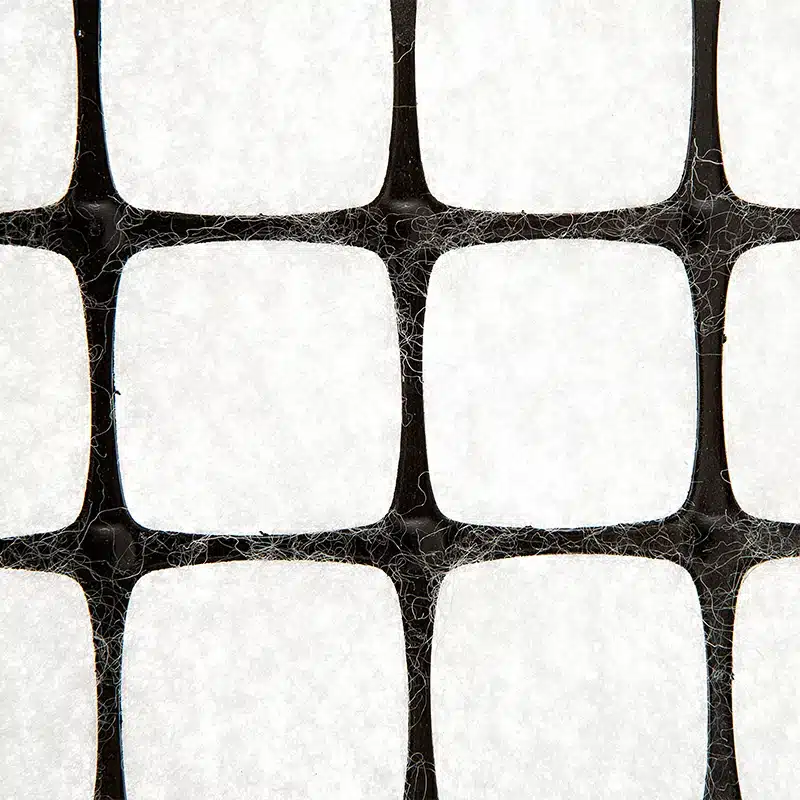+86-159 9860 6917
info@geofantex.com
geofantex@gmail.com
+86-400-8266163-44899
In the realm of civil engineering and construction, the integration of geotextile grids has become pivotal. This article delves into the multifaceted utility of geotextile grids, exploring their purpose, applications, and significance in various construction projects. From erosion control to reinforcement, discover how these grids serve as a cornerstone in modern engineering practices.

What is the use of a geotextile grid?
Geotextile grids, a type of geosynthetic material, play a vital role in supporting civil engineering projects like roads, retaining walls, reservoirs, and more. They excel in reinforcing, stabilizing, separating, and filtering within construction endeavors. These grids significantly enhance soil strength, manage erosion, control drainage, and prolong the lifespan of various structures. Their effectiveness in load distribution, and soil stabilization, and their eco-friendly nature make them a cost-effective solution for diverse engineering needs.
How do geotextile grids contribute to erosion control and soil stabilization?
Geotextile grids play a pivotal role in erosion control by acting as a barrier against soil erosion caused by water flow. When installed in slopes, embankments, or coastal areas, these grids prevent soil movement, stabilize the ground, and mitigate the impact of erosive forces. By reinforcing the soil structure, they enhance stability, reduce surface runoff, and foster vegetation growth, thereby preserving the integrity of the terrain.
What are the different types of geotextile grids and their specific applications?
Geotextile grids come in various types, including woven, non-woven, and knitted grids, each designed for specific purposes. Woven grids, with their high tensile strength, are often used in road construction for soil reinforcement. Non-woven grids excel in filtration and separation, commonly employed in drainage systems and landscaping. Knitted grids find application in erosion control and shoreline protection due to their flexibility and resistance to environmental stressors.

How do geotextile grids contribute to sustainability in construction projects?
Geotextile grids promote sustainability in construction by reducing the need for traditional materials like aggregate or stone for reinforcement. Their use minimizes excavation and material transportation, leading to reduced carbon emissions. Furthermore, by enhancing soil stability and preventing erosion, these grids contribute to the longevity of structures, reducing maintenance needs and overall environmental impact over time.
In conclusion, geotextile grids stand as a testament to innovation in civil engineering, offering a versatile and sustainable solution to various construction challenges. Their ability to reinforce, stabilize, and protect soil makes them an indispensable component in modern infrastructure development, ensuring the resilience and longevity of engineered structures.



Get Free Sample
We’ll respond as soon as possible(within 12 hours)






















